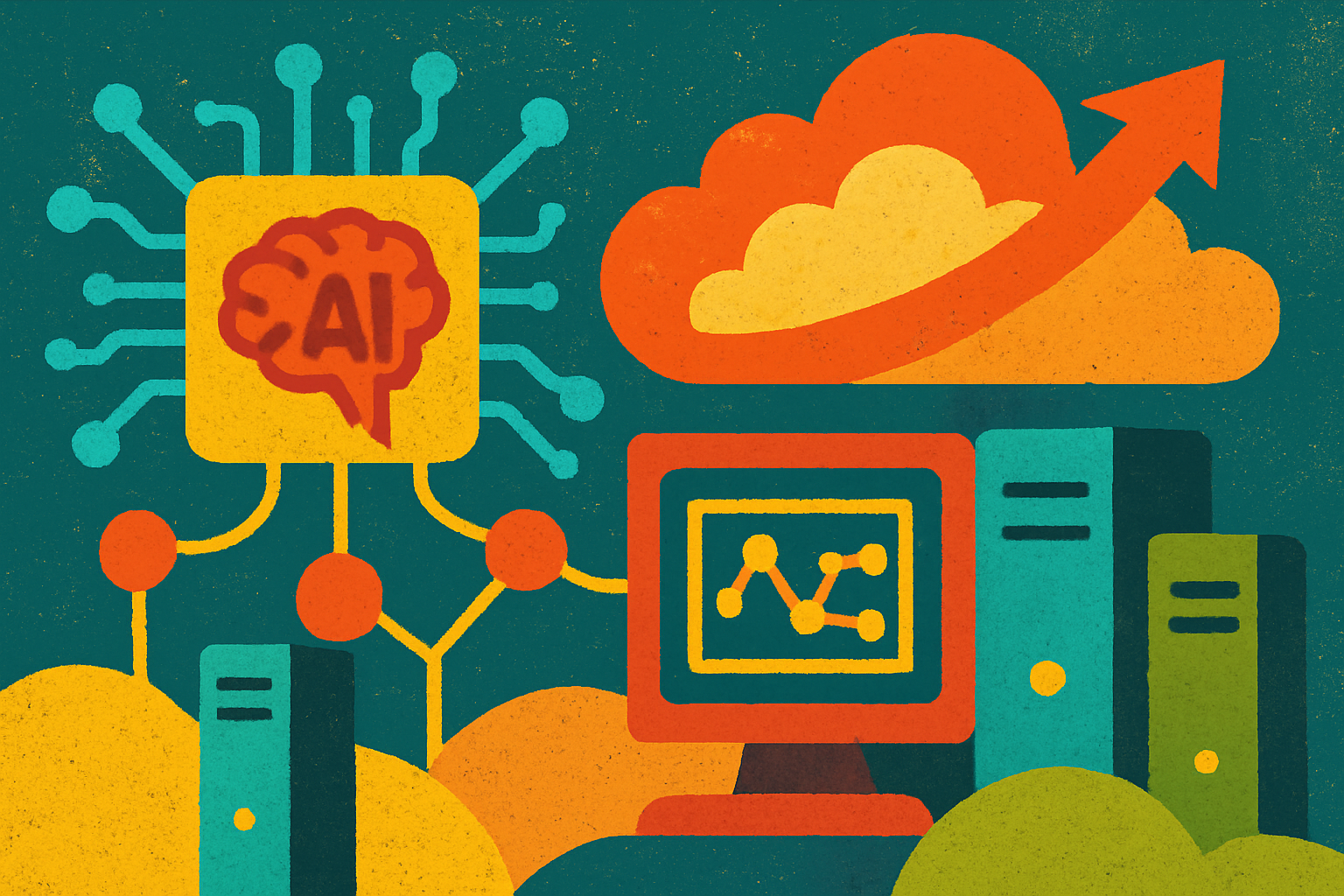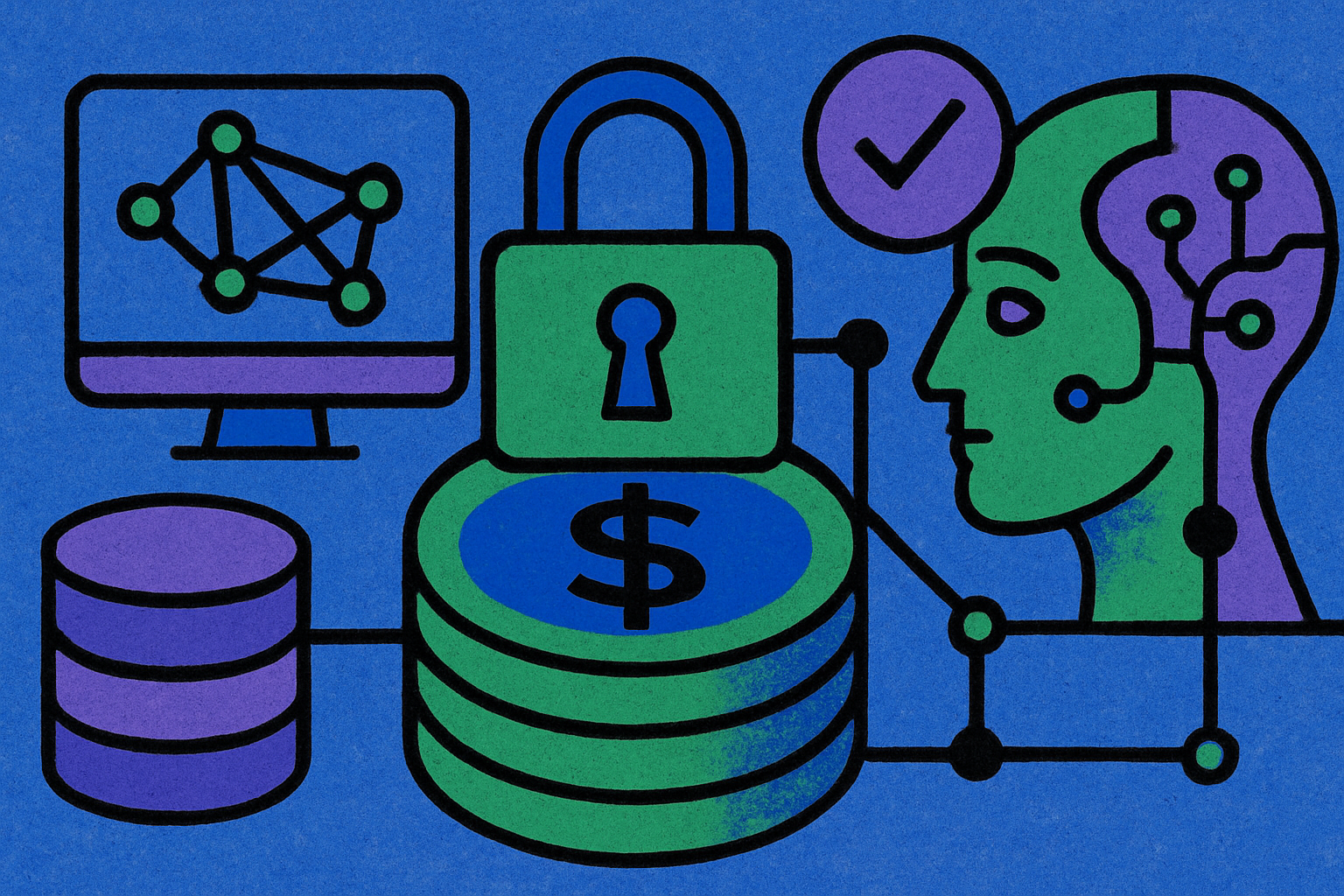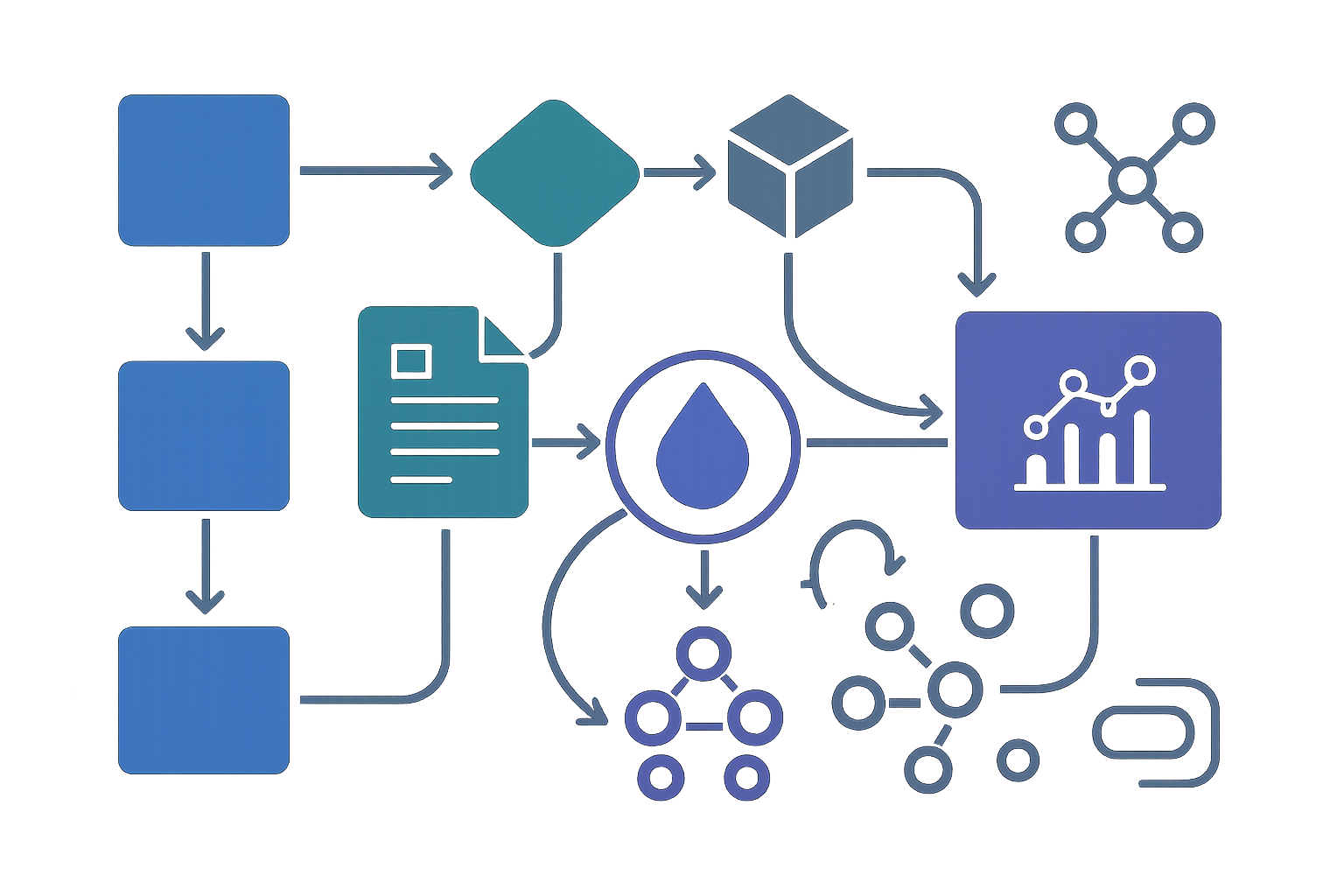
Cloud monopolies have long dictated the economics of AI compute, but a new paradigm is emerging: decentralized AI compute networks (DePINs). By crowdsourcing global resources and leveraging blockchain incentives, DePINs are not just chipping away at the dominance of AWS, Google Cloud, and Azure, they’re rewriting the entire cost structure of AI infrastructure. Let’s break down how this disruptive shift is happening and why it matters for developers, enterprises, and anyone betting on the future of scalable AI.

Why Traditional Cloud AI Compute Costs Are Broken
Let’s call out the elephant in the server room: cloud AI compute is expensive. If you’ve ever spun up a GPU instance on a major cloud provider, you know the pain, marked-up rates can be 10-50x above hardware cost, with hidden fees lurking behind every API call. Egress charges alone sometimes account for 50-85% of your total bill, especially at scale. And as your model grows or your usage spikes? Prepare for sticker shock.
This isn’t just anecdotal; it’s systemic. Centralized clouds require massive capital expenditure for data centers, redundant infrastructure to guarantee uptime, and premium pricing to satisfy shareholders. The result? AI innovation gets bottlenecked by cost barriers, locking out startups and researchers from accessing world-class compute.
If you want a deeper dive into how decentralized GPU networks are slashing these costs by up to 80% compared to AWS, check out our guide on decentralized GPU network pricing vs. cloud giants.
DePIN Economics: Cutting Costs Through Crowdsourced Compute
The DePIN model flips this script by aggregating spare capacity from data centers, consumer GPUs, and edge devices worldwide. This isn’t just theoretical, platforms like Akash Network and Aethir have already deployed thousands of high-performance GPUs across dozens of countries. The magic? No need for centralized ownership or massive upfront investment. Instead, contributors are rewarded with tokens for sharing unused compute resources.
This crowdsourced approach leads to 60-90% lower compute costs according to recent industry analyses. Here’s why:
- No single-point markups: Pricing is set by supply/demand dynamics between resource providers and users, not dictated by a single corporation.
- No hidden egress/data transfer fees: Data moves peer-to-peer or via local nodes, dramatically reducing transfer overhead.
- Efficient resource utilization: Idle GPUs in gaming rigs or underused enterprise servers can be monetized rather than sitting dormant.
- Token incentives: Crypto rewards align interests across all participants, ensuring sustainability without centralized profit-taking.
The result? Developers building on DePINs can access affordable, scalable compute without being locked into proprietary platforms or unpredictable pricing models. For an in-depth case study on how decentralized LLM inference networks are cutting AI compute costs by up to 70%, see our analysis at this link.
The Real Numbers: How DePIN Networks Stack Up Against Cloud Giants
If you’re looking for hard numbers rather than hype, here’s what current market data tells us:
- Aethir Network: Over 435,000 enterprise-grade GPUs distributed across more than 200 locations in 93 countries, delivering an impressive 97.61% uptime while maintaining low operational costs.
- Akash Network: Users lease computing resources directly from others with spare capacity, tapping into underutilized global data center infrastructure for instant scalability and lower prices.
- Crowdsourced GPU Networks (e. g. , Render): Enable AI training/inference at a fraction of traditional cloud prices by pooling consumer-grade hardware alongside enterprise resources.
The takeaway? Decentralized AI infrastructure isn’t just theoretically cheaper, it’s already delivering real-world savings at scale. For more technical details on how these networks aggregate global resources efficiently, explore our article on scalable decentralized GPU networks in the DePIN era.
But let’s zoom out: the economic ripple effect of DePINs goes far beyond just slashing compute bills. By letting anyone monetize idle hardware, DePIN networks are unlocking a new global market for digital infrastructure. This isn’t just a win for AI developers; it’s a game-changer for individuals and small businesses that can now participate in, and profit from, the backbone of the next-gen internet.
Tokenized Incentives: Aligning Stakeholders and Supercharging Growth
One of the most overlooked innovations in decentralized AI compute network cost structures is the use of token-based economics. On platforms like Aethir, contributors earn governance tokens (such as $ATH) by providing compute resources. These tokens aren’t just speculative assets, they can be used to pay for services, stake for rewards, or vote on network upgrades. This model creates a self-reinforcing ecosystem where:
- Providers are incentivized to maintain uptime and performance.
- Users benefit from transparent, market-driven pricing.
- The community governs the network’s evolution, ensuring decentralization and resilience remain core values.
This tokenized approach is already proving its value. For example, Aethir’s distributed GPU cloud has achieved high uptime while maintaining competitive pricing thanks to these aligned incentives. Curious about how crypto-powered AI compute models work in practice? Dive into more details with our feature on crypto-based machine learning infrastructure.
Challenges Ahead: Performance, Security and Mainstream Adoption
No disruption comes without hurdles. While decentralized AI infrastructure brings radical cost savings and flexibility, there are still key challenges to address:
- Performance consistency: Aggregating resources from diverse hardware means variability in performance and reliability. Projects are investing heavily in robust benchmarking and reputation systems to address this.
- Security and trust: Decentralization reduces single points of failure but introduces new attack surfaces and coordination challenges. Zero-knowledge proofs, secure enclaves, and transparent auditing are becoming standard tools in the DePIN security toolkit.
- Ecosystem integration: Many enterprise AI workflows are built around centralized APIs and proprietary tooling. Bridging these gaps with open standards and developer-friendly SDKs will be critical for mass adoption.
The good news? The pace of innovation is relentless, and early adopters are already seeing tangible ROI by moving workloads off centralized clouds onto decentralized alternatives.
The Road Ahead: Shaping an Open AI Compute Future
The writing is on the wall: as decentralized GPU networks transform accessibility and costs, traditional cloud monopolies will have to adapt or risk losing their grip on one of tech’s most lucrative frontiers. For developers seeking affordable scale or enterprises demanding data sovereignty without compromise, DePINs represent both an opportunity and a challenge to rethink infrastructure strategies from first principles.
If you’re building, or betting, on the future of AI at scale, now is the time to experiment with decentralized solutions. The economics speak for themselves: lower costs, better incentives, greater resilience. And as community-driven innovation accelerates, expect even more dramatic shifts in how we access and pay for AI compute worldwide.





